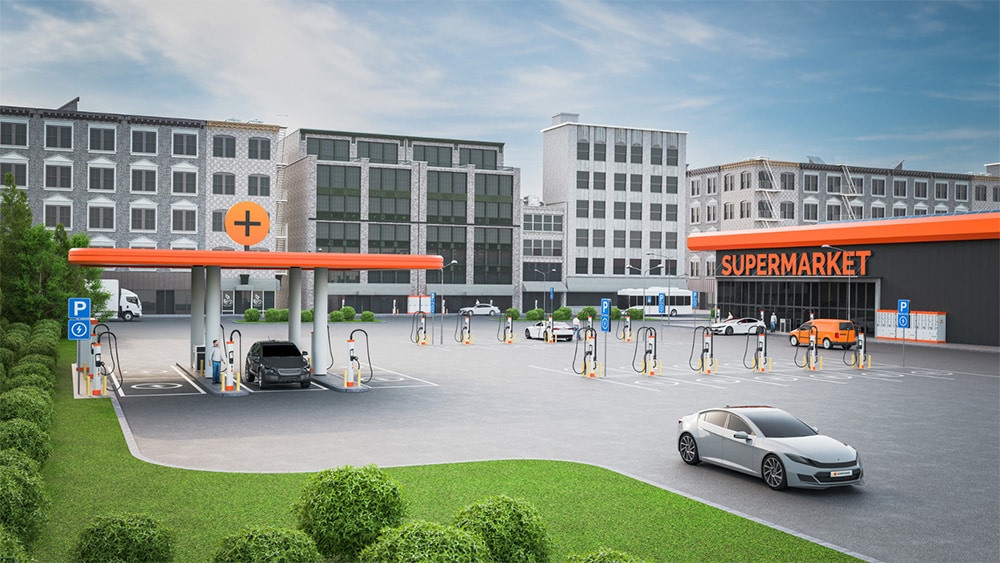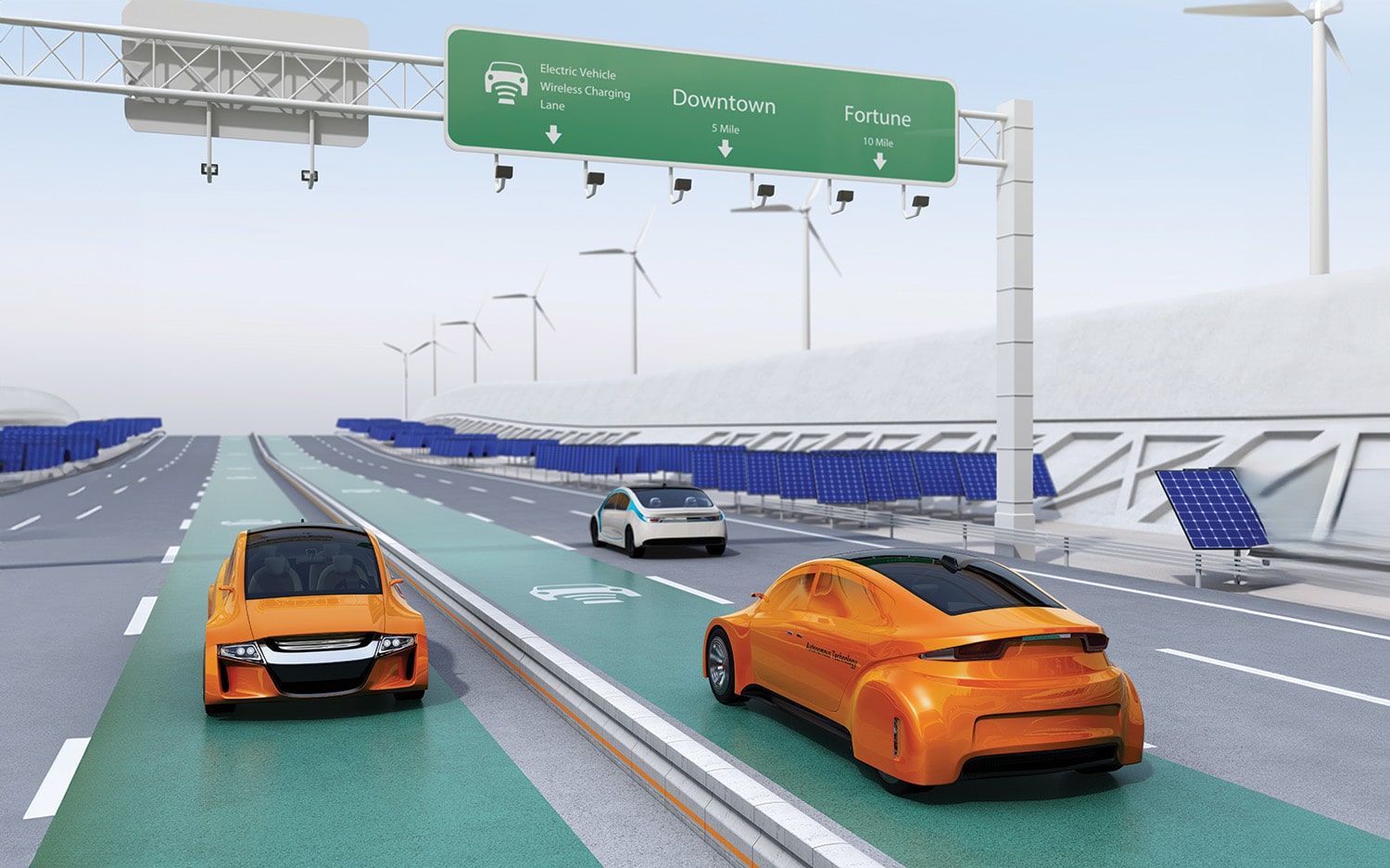Home » The Business of Parking | Legal » Diving into EV Charging Infrastructure
The Business of Parking
Legal
Diving into EV Charging Infrastructure
stock.adobe.com / NINJA FACTORY / Tex vector
As the global shift towards sustainable transportation gains momentum, the demand for electric vehicle (EV) charging infrastructure is surging. Property owners, managers, and investors find themselves at the crossroads of an opportunity to contribute to environmental sustainability and to generate additional income by hosting EV charging stations. There is no one-size-fits-all for EV charging infrastructure, nor is there a single optimal business model.
Despite the loudest voices in the news about the “dramatic” drop in EV sales, the market isn’t falling off a cliff anytime soon. The slowdown in the pace of sales is currently a function of two things:
- Tax incentives that artificially inflated market demand and the sunsetting of those incentives
- Early EV adopters already rushed to buy the first batch of EVs.
The slowdown we are seeing is a natural market correction due to economics 101—supply and demand.
The good news is that the U.S. recently surpassed over one million EVs on the road, and the market is still growing at over 25% a year. Admittedly, one million cars are a small fraction of the 300 million or so gasoline cars on the market, but one million and growing strong is still quite impressive. Rivian recently took a 50-year lease on their factory in Georgia, BMW stopped producing gasoline engines in one of their largest factories to make room for EV production. Hyundai added 25% EV production capacity, and Toyota made an $8 billion bet on U.S. battery production. McKinsey & Co. recently reported, “By 2030, The United States will need about 28 million (charging) ports to meet demand for zero-emission passenger vehicles.” A tremendous opportunity awaits if approached correctly.
Your cellphone is an incredible piece of technology, but the entirety of the cellphone ecosystem would not exist if not for the underlying real estate supporting cell phone towers, rooftop installations, and fiber runs. The electric vehicle industry isn’t any different. EVs represent an amazing technological leap in mobility, but without the underlying real estate supporting the EV charging infrastructure, they wouldn’t exist either.
Embarking on an EV charging venture requires a thorough understanding of local regulations, zoning codes, permitting requirements, and a variety of other legal and contractual considerations that must be navigated to ensure a smooth, and legally compliant deployment.
Not all properties are created equal in terms of hosting EV charging stations. Property owners must assess their property’s capacity to support the additional electrical load required, and to plan for potential upgrades to accommodate charging stations effectively. More often than not, starting from a clean slate, with a property not yet developed, is going to be an easier fit than trying to retrofit an existing development that may present too many complications.
Beyond local incentives, property owners, developers, and managers, must explore federal and state-level programs designed to promote EV charging infrastructure. These programs may offer tax credits, grants, or other financial incentives that enhance the overall return on investment and can often make a significant impact on capex expenditures.
Engaging with local utility companies is also critical. Understanding their requirements and exploring incentive programs, such as grants, rebates, or reduced electricity rates, can significantly impact the financial viability of the project.
Profit potential in the traditional sense isn’t necessarily a quick slam dunk, but more of a long-term game. EV charging companies offering to pay property owners rent for the privilege of using their property for EV charging infrastructure are few and far between. What’s more common is some form of revenue sharing, but the profit is driven by utility rates at any given time of day/week, and the monthly cost of EV charger maintenance. While generating direct revenue is often (and should be) a primary objective for most property owners and investors, EV charging stations can also enhance your property value, attract environmentally conscious EV-owning tenants, and serve as an important amenity for tenants while contributing to corporate environmental efforts.
If you know to ask, there are additional ways to improve your ROI with or without receiving rental payment from the EV charging company. Offering free charging as an amenity to your tenants doesn’t preclude you from charging a fee to the public for use of the same equipment. You can also earn revenue from integrated advertising on some charging stations and monetize the data. Don’t be bashful; ask how else you can improve your ROI.
Finally, no two property locations are the same, and deploying EV charging infrastructure isn’t any different. Equipment, business terms, legal structures, utility rates, and usage are going to be different everywhere. Multiple gas stations at the same intersection or Starbucks coffee shops in the same neighborhood, each serve a different customer base and present unique opportunities and challenges. If you are getting ready to dive into EV charging infrastructure, it’s critical to remember that the best approach is the same as you would use for deploying any other real estate infrastructure asset. It’s all about location, location, location. And ROI. ◆
-
This author does not have any more posts.












